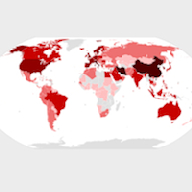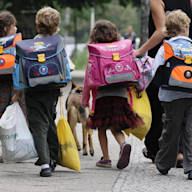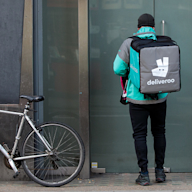Search results
In some emergencies it is safer to pull over and stay in your car than to keep driving. If you are very close to home, your workplace, or a public building, go there immediately and go inside. Follow the “shelter-in-place” recommendations for that location. If you can’t get indoors quickly and safely:
Jul 1, 2021 · July 1, 2021. Do you know where to go when disaster strikes? Sometimes the safest thing to do is to stay inside (shelter-in-place) and take protective actions based on the hazard. Check out FEMA’s new pictograms to learn where to go, what to do, and how long you should shelter-in-place for 10 types of hazards. The pictograms show how to ...
Apr 19, 2021 · Learn how to plan for and communicate evacuation and shelter-in-place actions for different hazards and building types. Find documents, slide decks, and pictograms with recommendations and best practices.
Learn how to prepare and implement a shelter-in-place plan for your workplace in case of chemical, biological, or radiological contaminants. Find out when and how to select an interior room or rooms, and what to do during and after a shelter-in-place situation.
- Mass Care Shelter
- Sheltering in Place
- Stay-At-Home
- GeneratedCaptionsTabForHeroSec
Mass care shelters provide life sustaining services to disaster survivors. Even though mass care shelters often provide water, food, medicine and basic sanitary facilities, you should plan to take your emergency supply kitwith you so you will have the supplies you need. Mass care sheltering can involve living with many people in a confined space, w...
Whether you are at home, work or anywhere else you frequent regularly, there may be situations when it's best to stay where you are and avoid any uncertainty outside. Here are some indicators and steps to take if the situation arises: 1. Use common sense and available information to assess the situation and determine if there is immediate danger. 2...
Remain indoors as much as possible and try to only leave your home when necessary. You can still use outdoor spaces such as patios, porches and yards.Outdoor activities such as walking, jogging and exercise are fine if you practice social distancing.Essential services such as grocery shopping, the gas station, pharmacies and going to the Post Office are still fine to do.Limit visitors if possible. Try to use video chatting. Call the people you would normally text.Learn how to shelter in place, stay at home, or go to a mass care shelter during different types of emergencies. Find out how to prepare your emergency supply kit, seal your home, and stay informed.
Shelter-in-place means selecting a small, interior room, with no or few windows, and taking refuge there. It does not mean sealing off your entire home or office building. If you are told to shelter-in-place, follow the instructions provided in this Fact Sheet. Why You Might Need to Shelter-in-Place:
Learn how to find a safe location indoors and stay there until you are given an “all clear” or told to evacuate. Find tips for different types of emergencies, such as active shooter, tornado, or chemical hazard.










